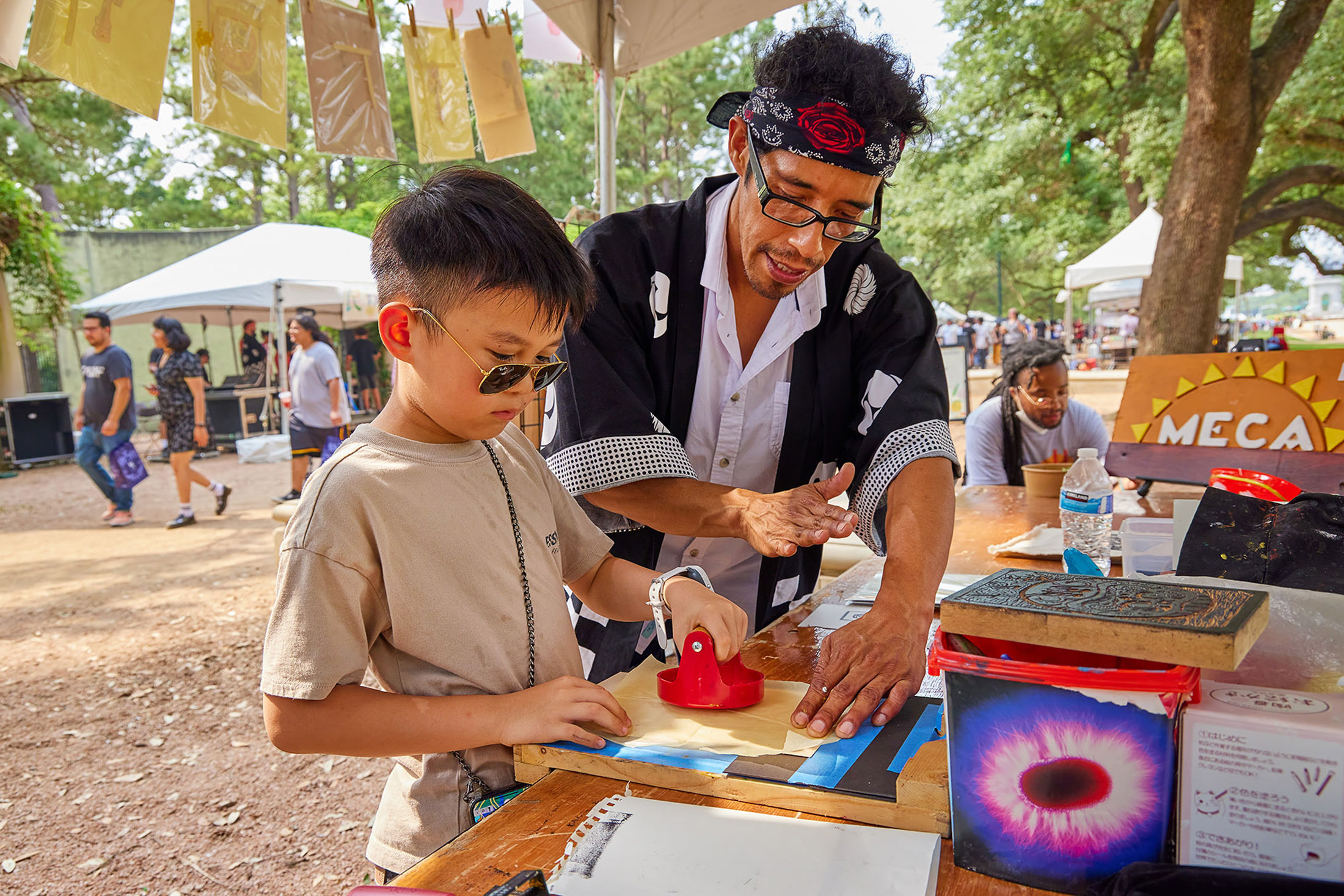Ageless Cancun

Clouds are gathering lazily around the Yucatán, the ocean is proving why Crayola could find no better name for its hue than Caribbean, torn red flags are warning against swimming, and—most crucially—a man is selling a pair of marionettes on the beach. The dolls depict a Mexican peasant couple dancing, he with his maracas and she twirling around in a long magenta skirt, except that they aren’t, not this time. They haven’t danced like that in years, not in fact since you first saw this man selling this same pair of marionettes on this exact same beach years ago, when you were young. Now the skirt is a sun-bleached pastel and the maracas don’t so much shake as give off an involuntary tremor. Only the man who occasions this rueful reflection, the marionette salesman, hasn’t changed.
Anyway, time passes and now you are not young. In fact, you are on the verge of being old, something that everyone in your orbit—waitresses, barkeeps, cab drivers—has known for years. You and you alone have yet to realize this. To some extent this lacuna in your education is understandable. After that first trip to Cancun you got serious about your life. You put your head down, started paying a mortgage, buying school clothes, getting in car accidents, surviving Christmases, and—much later—suffering from ailments both real and imagined. And when at last you looked up again, people were calling you sir, co-workers ascribed your anger to crankiness, polite teenagers invited you to go ahead of them in line. What was this, you wondered, some sort of fever dream?
Not at all. You’re old. And Cancun will convince you of this, once and for all.
There is a bartender named Fernando at the GR Solaris, the resort where you’re staying on the southern end of the slender spit of land known as the Zona Hotelera. It is an all-inclusive, something of a Cancun bargain, and no small reason why the Riviera Maya was ultimately unfazed by the Great Recession of 2008 and Hurricane Wilma in 2005, despite 175 mph winds and a storm surge that devoured miles of beaches. Come what may, it seems, two adults can still get a room on the beach, plus all the food and alcohol they can consume, for a couple hundred bucks a night on Hotwire.
Which is how you meet Fernando during a particularly down moment at the Rosmarinus bar while trying to cheer yourself up with free mai tais and coconut daiquiris. Fernando has noticed this, has enabled it in fact, and now seems to have his regrets.
“Have you been to Chicken Pizza?” he says, trying to lighten things up. You don’t immediately react to the joke, first because you don’t get that he’s talking about Chichen Itza, and second, you can’t believe you look like the sort of visitor who would go to Chichen Itza. You laughingly announce that the only ruins you’re hoping to see are to your reputation and hotel room after a night of debauch. “Really?” Fernando replies, clearly skeptical. “Then we should party together.” Good idea, you tell the half-your-age bartender. That night on your seventh-floor balcony, listening to the roar of the surf punctuated by giggling college kids, you replay this exchange with Fernando over and over, and cringe every time.

The sober simplicity of Nuestra Señora del Carmen. Courtesy Alejandro Mejía Greene
In 1967, the Mexican government fed reams of data about the country into a computer, data about weather and land costs and climate and proximity to major population centers, all in an effort to decide where the next great Mexican resort should be built. The computer famously recommended a nearly uninhabited island of marshes and mangroves in the state of Quintana Roo, whose name meant “lots of snakes” in Mayan. Cancun’s first hotels opened in 1974, the 1975 Sports Illustrated swimsuit edition (featuring Cheryl Tiegs cavorting in “Mexico’s Splashy New Resort”) brought worldwide attention, and the snakes left for good, although their legacy lives on in crocodiles who periodically prey on tourists, including a Dallasite who was attacked while urinating into a lagoon a few years back.
Anyway, time passes and Cancun is 40, with a year-round population of 500,000 that welcomes more than 3 million tourists annually. A prodigious youth influx has led to predictable excesses—Walmart, Jimmy Buffett’s Margaritaville, police with automatic weaponry and black fatigues monitoring checkpoints—but overall, time has been kind to Cancun in the way it almost never is toward people. Meaning, whereas humans start life as authentic and become ever more artificial as time goes on, the reverse has been true of Cancun. These days, almost no one remembers that there’s really no reason it should exist.
{page break}

El Castillo rules supreme over Chichen Itza.
Image: Shutterstock
You would not have consented to partying with Fernando—not ever—if it weren’t for three things that happened over the course of the following day. First, you were forced to spend the entire morning pretending to be asleep on the sand while a couple’s marriage unraveled nearby. The precipitating incident was almost imperceptible: she needed her beach chair moved closer to the ocean.
“I can pull it down there … if you want,” he said, not looking up from his John Grisham novel. “I can.”

Cenote Sagrado: a swimmin’ hole where once there were human sacrifices
Image: Shutterstock
Her only reply was to give him a look he never saw, and then to plow deep rows into the sand with the chair, melodramatically dragging it upstage herself. It wasn’t much, as expressions of disgust go; without a knowledge of the Butterfly Effect the man couldn’t possibly have known what was coming. (Or could he? The Grisham book was The Litigators.)
Episode two concerned a pair of squabbling newlyweds—a couple with nothing in common but their chins—who experienced the same problems as couple #1 but in reverse. The new groom was the type to swim so far out the salvavidas had to whistle him back, while the new bride never went beyond waist-deep. Reconvening on dry land, you heard her say this to him, and with genuine annoyance: “The water’s too wild, you can’t even pee.” They too are headed for the litigators, you thought.
But the final straw came in the afternoon, a few hours west of Cancun, when you toured thousand-year-old El Castillo and an ancient volleyball-like court where the rubber ball (weight: nine pounds) often killed players when it struck them in the wrong place. Still, it wasn’t until later that you yourself were struck, by Cenote Sagrado, watching tourists swim in a sinkhole that was once a place of human sacrifices: you really are the sort of visitor who would go to Chichen Itza.
The bartender’s Chevy Aveo rumbles to a start and you notice that his dashboard contains both a roll of toilet paper and a well-worn copy of The Diary of Anne Frank in Spanish translation. “Sometimes you have to bring your own,” he says, by way of explanation.
And just like that, vroom, you’re off to party with Fernando—almost. “We must stop off and get my sister a bear-day cake.” Well, okay. The mega-resorts of Blvd Kukulcán fly by in an unending display of late-20th-century glitter, and not long afterward the Aveo screeches to a halt on Avenida Kabah. Fernando sends you into Happy Cake, a pastelería with the best damn tres leches cake in town, although the sister, eternally contrarian, wants something different, something vainilla.
Rumble! Vroom! Screech! Fernando tells you that he expects a celebration that is small and brief, leading you through a stone arch into the courtyard of his sister’s house on Calle Talleres. The sister has a two-week-old baby, you see, and the family is paranoid about germs. Oddly, no one seems to care that the man carrying the vainilla bear-day cake is a complete stranger. The sister is far more concerned that we not light 32 candles or sing loudly. She even allows you a glimpse of her sleeping baby as long as you hold your breath. You do, the baby is adorable. You hug the sister goodbye, even though she never knows your name, which is exactly what would have happened in the old days. You smile.

Amid hard-partying Playa Del Carmen... Courtesy Seanandlauren.com
Now, at last, partying. Heat lightning flashes over Laguna Nichupté as Fernando races down Carretera 307 to Playa Del Carmen. Numerous police checkpoints and 42 miles later, you rush up the Quinta Avenida with the rest of the thrill-seekers, hoping to blend in with the Eurotrash passing out on the beds around the pool at Deseo Lounge, or, barring that, the ancient dissipated leather faces at Pez Vela, teetering on the swings-cum-barstools and perpetually complaining about this sumbitch you both know in Key West. But even that proves impossible—the crowd has come to a halt in front of Nuestra Señora del Carmen, a bleached white stucco church just a stone’s throw from the ferries to Cozumel. A rose-lined path extends from the plaza to the nave. You peek inside just as a trio of mariachis finishes Mendelssohn’s Wedding March.
Marriages, birthdays, newborns, marital strife. At last you get it: your life is passing before your eyes.
“Sir?” asks the bouncer. “Sir?” You pretend not to hear this, brushing past him and into the Blue Parrot (“legendary on the beach since 1984”). He calls out sir twice more and then throws his body between you and the club.
“Sir, this is a private party.”
You look back to see a line of distinctly non-fabulous twenty-somethings staring at you. You want to tell the bouncer that this is obviously no private party, but you don’t, for fear that what he really means is that you’re too old for the party. So you leave. It seems that being legendary on the beach since 1984 is another one of those things that’s good for places and not people.
Calle 12 is dark and neither you nor Fernando says much during your retreat. Quietly, you tell him that you think you’re ready to call it a night. All right, he says, but let’s at least have a quick drink at Señor Frog’s. “They let everyone in there.”
So this is what the future portends, you think: chain bars. Oh well, at least it’s a Mexican chain. It’s fun too, in a weak margarita sort of way, at least until the end, when the hostess comes out with a microphone in one hand and a sombrero in the other. You know what’s next because you’ve seen audience participation like this all over the Caribbean. She locates some old guy in the crowd—often a car salesman from just outside Cincinnati—and then throws him the sombrero, whereupon he bounds onto the stage and begins gyrating with her. It is a ridiculous, tequila-born gyrating that will forever be preserved on dozens of devices in the audience.
As I say, you’ve witnessed this shtick umpteen times. Still, for some reason it never occurred to you that the day would come when a hostess would scan the crowd and lock eyes with you. But here she is, making a beeline, pursuing you as inevitably as Death in an Ingmar Bergman film.
Because now, you’re that old guy.
Except that you aren’t, not this time. The sombrero lands in the lap of the old fart sitting in front of you. You sigh heavily. You have a few more years.




